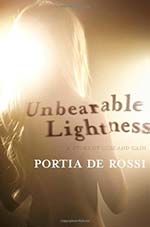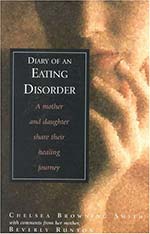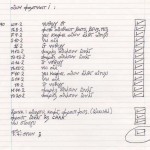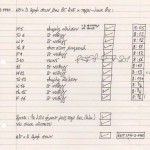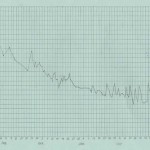An utterly honest account of bulimia. Novels and biographies about eating disorders so often make the condition appear dramatic, exciting and glamourous. This diary does not. It tells of the repetative daily struggle, the depression, and the gruesome, unglamourous physical effects of the condition. I have never been confronted with such raw frankness when reading about this condition. This is a story that everyone needs to read, so that people understand that this condition is undignified, painful and hellish, not something glamourous or enviable. My sincere congratulations to the author for her bravery in sharing her story which could change many people’s lives. I believe that this book has the power to jolt some people out of the addictive cycle, because the reader can’t escape the gritty reality on the page. This book has the power to save lives.
I am a lesbian/bisexual myself, so the sexuality part of the diary also appealed to me (as it really resonated with the obsessive crushes I experienced when I first came out). However, if you are not gay or bi this part of the diary may not appeal to you as much. I urge readers who find the lesbian aspect of the diary less captivating to continue reading because the bulimia-related diary entries are, as I said, invaluable reading for people with bulimia whose motivation for recovery is waning.
This book really reminds you why you are ‘staying clean’ and fighting so hard for recovery.
This book could change your life. I really believe it could. Read it!
